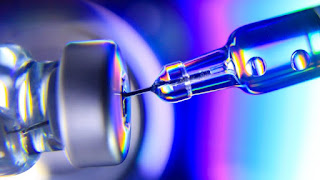An overview of PCR (polymerase chain reaction)
A Nobel prize. One of the highest sophistications that can be given to a scientist working in the fields of physics, chemistry, physiology, or medicine. Marie Curie received one, as well as Albert Einstein and Sir Alexander Fleming, but what does a person have to do to be recognised in such a high manner? Well, transforming the way DNA is analysed could help. Kary B. Mullis received a Nobel prize in 1985 (NobelPrize.org, 2020) for his invention of the Polymerase Chain Reaction (PCR) in 1983 (Mullis, 1990). PCR means that a small sample of DNA can be replicated millions (even billions) of times in just a few hours, which has had provided great success for the scientific industry (Garibyan and Avashia, 2013). You might be asking yourself why is PCR so important but I will get to that soon, first I want to try and give a brief explanation of how PCR works, after all the replication of DNA could seem God-like if you look at it objectively, so I think it warrants a deeper explanation if you...





